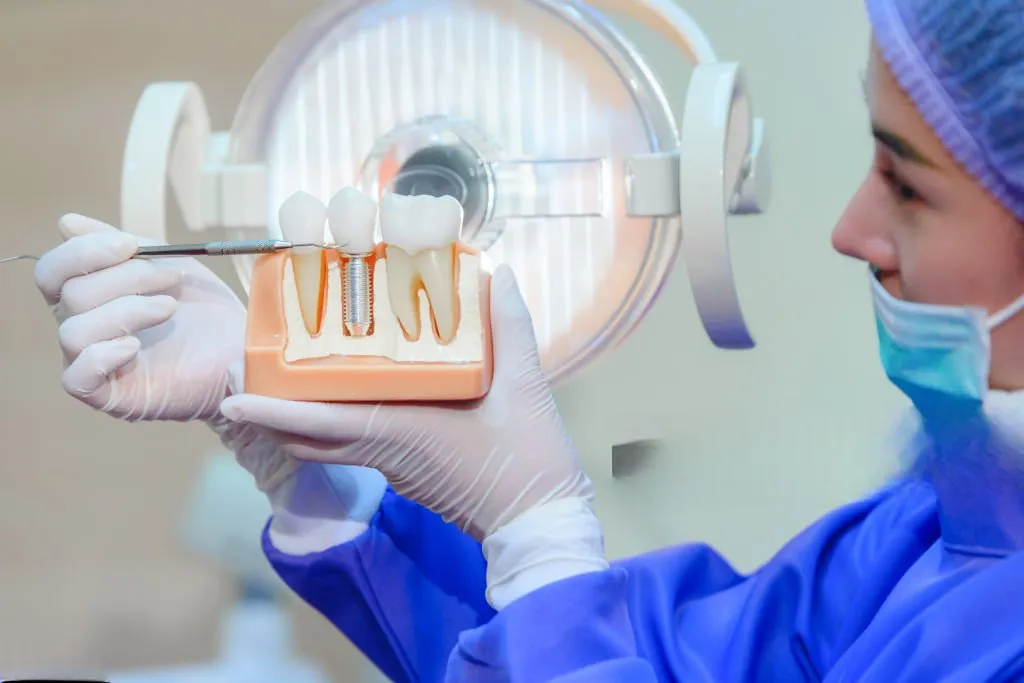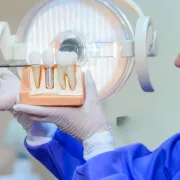
If you’ve made the life-changing decision to have dental implants, congratulations! Dental implants offer the most effective solution for missing teeth. Still, feeling a little nervous about a procedure that takes a while to achieve is natural.
This article aims to help you understand the process so that you feel more comfortable and prepared. Here’s what you can expect.
Initial Consultation and Evaluation
The dental implant process starts with consultation with your dentist. The dentist will assess your oral health using X-rays or 3D scans of your teeth and jaws and discuss your medical history. They will evaluate your jawbone density to determine whether you are a good implant candidate. If not, you may have to consider a bone graft to strengthen your jawbone before the implantation.
Treatment Planning
If your dentist believes you will tolerate dental implants, they will create a customized treatment plan with details about the number and types of implants. They will also make a process timeline, including information about required bone grafts and tooth extractions.
Dental Implant Surgery
The next step in the procedure is the surgical placement of the implant. The procedure is usually performed under local anesthesia, but you can request sedation options. The dentist inserts a titanium post into the jawbone through a small incisions in your gums. They will close the incisions after the post insertion so it can start to heal. The implant will replace the missing tooth’s root, offering the artificial tooth a stable base.
Healing and Osseointegration
After implant placement, you’ll wait three to six months for osseointegration. During this process the jawbone fuses with the implant. Your dentist may provide you with a temporary crown or bridge while you wait.
Abutment Placement
Once the implant has integrated with the jawbone, the implant dentist will attach a small connector called an abutment. A minor surgical procedure exposes the implant for the abutment placement. The gum tissue must heal before the final prosthetic tooth is placed.
Final Restoration
As a final step in the dental implant, your dentist will place the custom-made bridge or crown on the abutment. They will ensure that your new teeth are comfortable and match the color and shape of your natural teeth. The restored teeth will look, feel, and work like your own. If you look after them, your new teeth should last for decades.
Looking Forward to Natural Looking Dental Implants
The dental implant process takes several months, but you’ll be pleased with the outcome—natural-looking tooth replacements to improve your dental function and facial features. Now that you know what to expect, you can look forward to the procedure with confidence.



